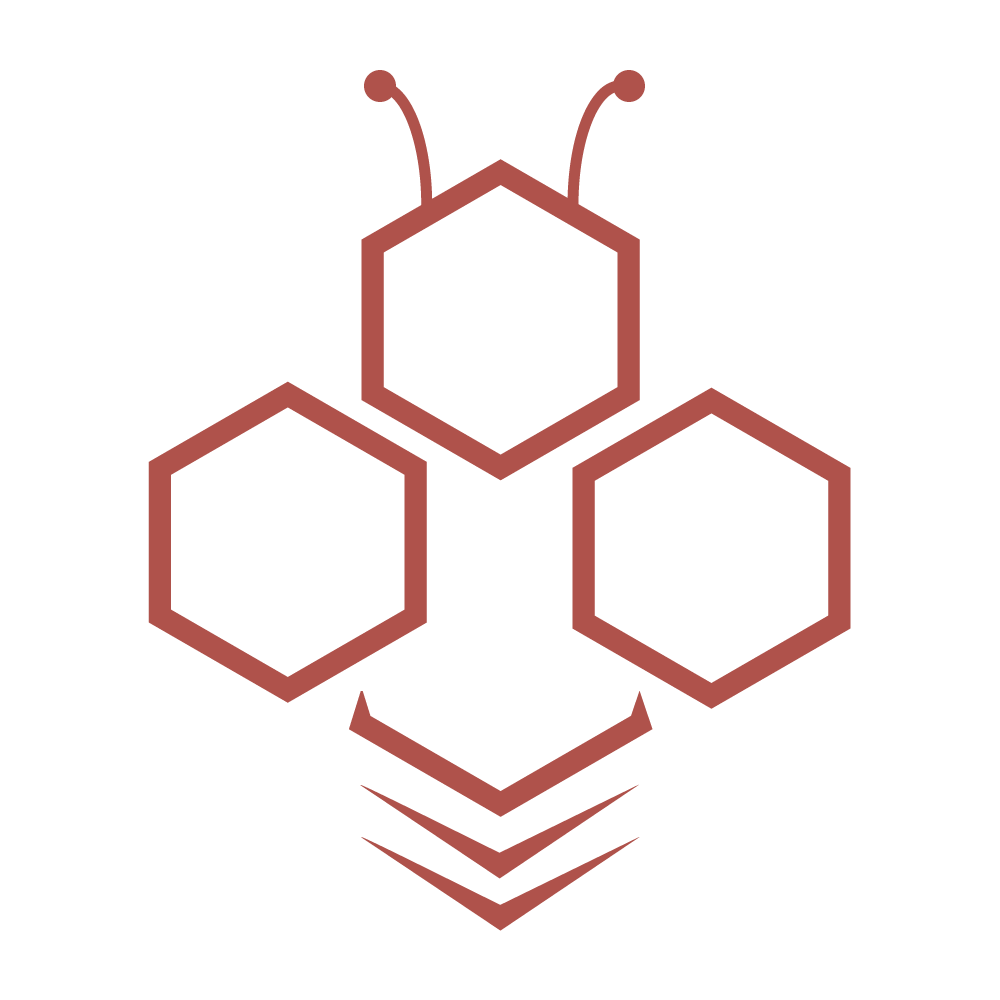UNCC Professor Studies How Bee Colonies Select Mates for their Queens
By Lisa Thornton
A peek into the bedrooms of queen honeybees might one day lead to lower grocery bills.
In learning ways to keep nature’s best pollinators in abundance, scientists have begun studying more intimately the nature of bees’ relationships with one another, including how they choose their mates. What they discover might help keep the insects’ counts from dropping drastically, a problem that would lead to lower quality and quantities of the foods they pollinate – and also to higher prices.
“We won’t starve if honeybees disappear because we’ll have wind-pollinated grains, but the variety of our diet and the healthiness of our diet would be negatively impacted, and food would become much more expensive,” said UNC Charlotte professor Stan Schneider, an animal behaviorist who specializes in honeybee communication.
The honeycomb suite
Schneider’s laboratory, a series of glass-encased hives containing more than 12,000 honeybees, has become the buzz for research on how bees choose who will create their future generations.
It’s not as simple as two star-crossed honeybees locking glances across a crowded honeycomb. It’s more of a group effort, where the worker bees play the colony cupids, deciding who is worthy of becoming a queen, and which drones – the male bees whose only task is to mate – will be groomed as suitors.
“Honeybees are a highly social insect, and they live in a very complex society,” Schneider said. “Everything honeybees do, they do it as a society.”
Because drones will only mate while airborne, they require good flight muscles, something they’ll only develop if favored by the worker bees in their colony.
“All of the proteins that they need for developing their flight muscles so they can fly and find virgin queens, they have to get from workers,” Schneider said.
But why workers supply some drones with the nutrients to develop into good suitors while leaving others to flounder is a bit of a mystery.
To find out, Schneider bred both high-quality (large-size) and low-quality (small-size) drones, and then introduced them into his colonies for observation.
“We wanted to know: Can workers assess the quality of these males, and do they bias their interactions based on that?” Schneider said.
At first, workers became aggressive toward the smaller drones, and dragged several of them out of the colony. They kept all of the larger drones but did spare some of the smaller ones, too – a surprise to Schneider, who believes it was an example of making the best of what you’ve got. The remaining smaller drones were also given extra attention, almost as if to help them catch up.
“The success of drones influences whether the colony’s genetic material is going into the next generation, so workers influence the mating success of them,” Schneider said.
Schneider is in year one of the same sort of experiment with queen honeybees. The three-year study involves low- and high-quality queens (again determined by size) supplied through N.C. State professor and apiculturist David Tarpy.
“Workers seem to show a distinct preference for the best possible queen they can find, so they are making these assessments and then working collectively to enhance the survival of certain queens over others,” Schneider said. “But then that raises the question of how the workers assess the quality of a queen, and that I don’t know.”
The real sting
Honeybee colonies have been on the decline over the past several decades, with the United States reporting less than half of the 5 million managed honeybee colonies that thrived in the 1940s. Losses in recent years have increased according to a joint study from the Bee Informed Partnership and the U.S. Department of Agriculture, which reported a 23 percent drop in managed colonies last year, and 29 to 36 percent declines in previous years leading back to 2006.
The reasons have been many, but in the past decade much of the blame has been attributed to colony collapse disorder, a syndrome that renders honeybees’ navigation skills useless enough that they can’t find their way back to the hives.
For agriculturists like California’s almond growers, who depend on 1.6 million honeybee colonies to pollinate what has become 80 percent of the world’s almond supply, the decline has meant trucking in honeybees from elsewhere to replenish each year’s bee losses.
It’s a problem for other growers, too, like those who depend on bees to pollinate their fruits and vegetables.
“That’s why the loss of honeybees is so concerning, because we don’t have anything else that pollinates as well as honeybees,” Schneider said.
Schneider hopes his research will help keep bees from short supply, for their own sake, but also for humans’ sake.
“I guess most people aren’t aware of it, but humans have this really unique symbiotic relationship with this insect,” Schneider said. “Human civilization is always based on agriculture, and much of our agriculture is based on the honeybee.”
A role and honey
Every honeybee has a role in the hive. A drone’s only purpose is to mate with virgin queens from other colonies. A queen’s job is to lay eggs to replenish the hive’s population.
But it’s the worker bees that do everything else. For a worker bee, the division of labor is decided by age. Most workers live between four and six weeks.
Here’s their chore list, according to UNCC’s Stan Schneider:
Days 1-2: Clean all cells and get them ready for the queen to lay her eggs.
Days 3-13: Nurse and provide other nanny services for all larvae.
Days 14-27: Factory work: Turn nectar into honey; produce wax for the honeycomb; address any nest maintenance repairs.
Day 28- death: Forage for pollen and nectar to bring back to the colony.
Read more here: http://www.charlotteobserver.com/news/science-technology/article10692494.html#storylink=cpy
